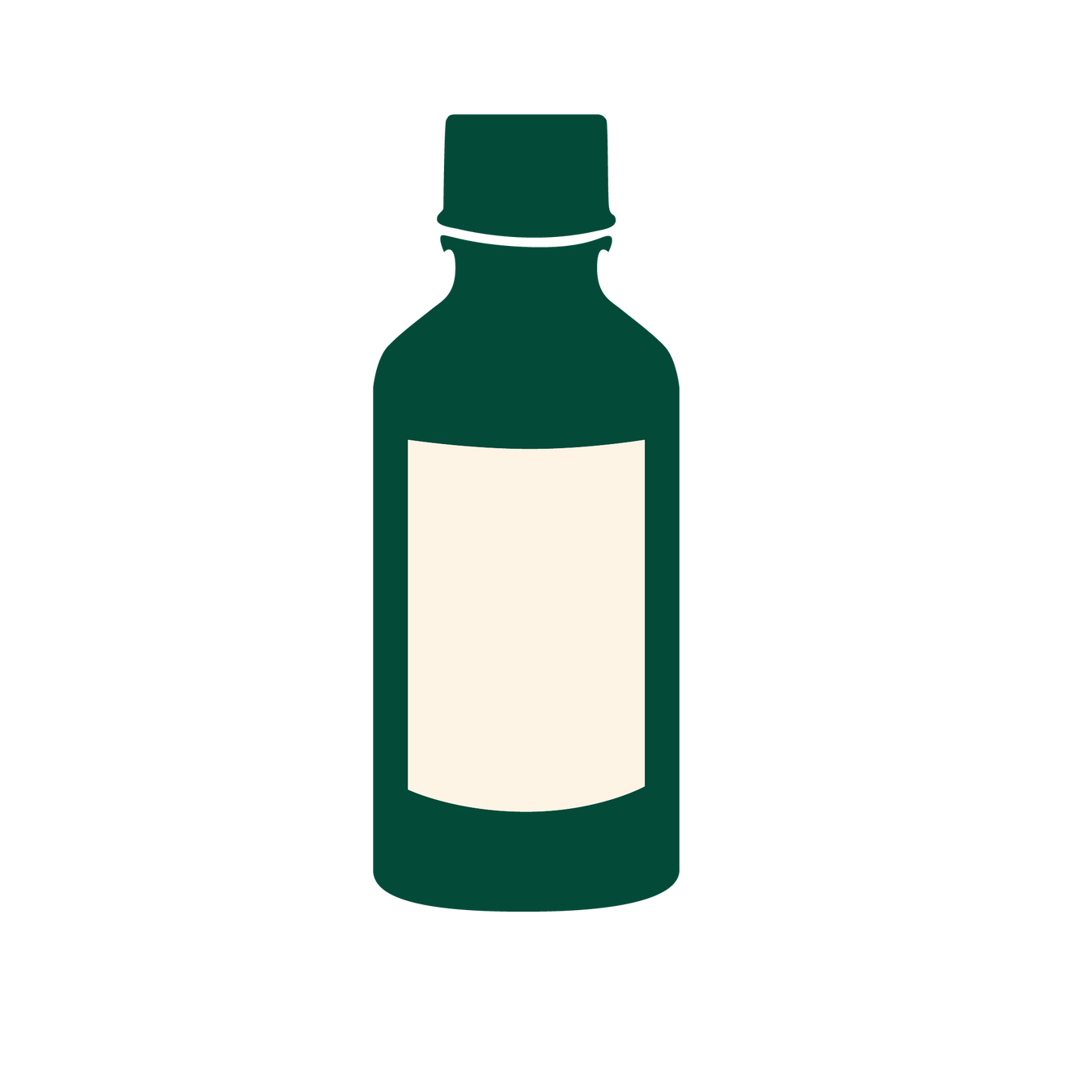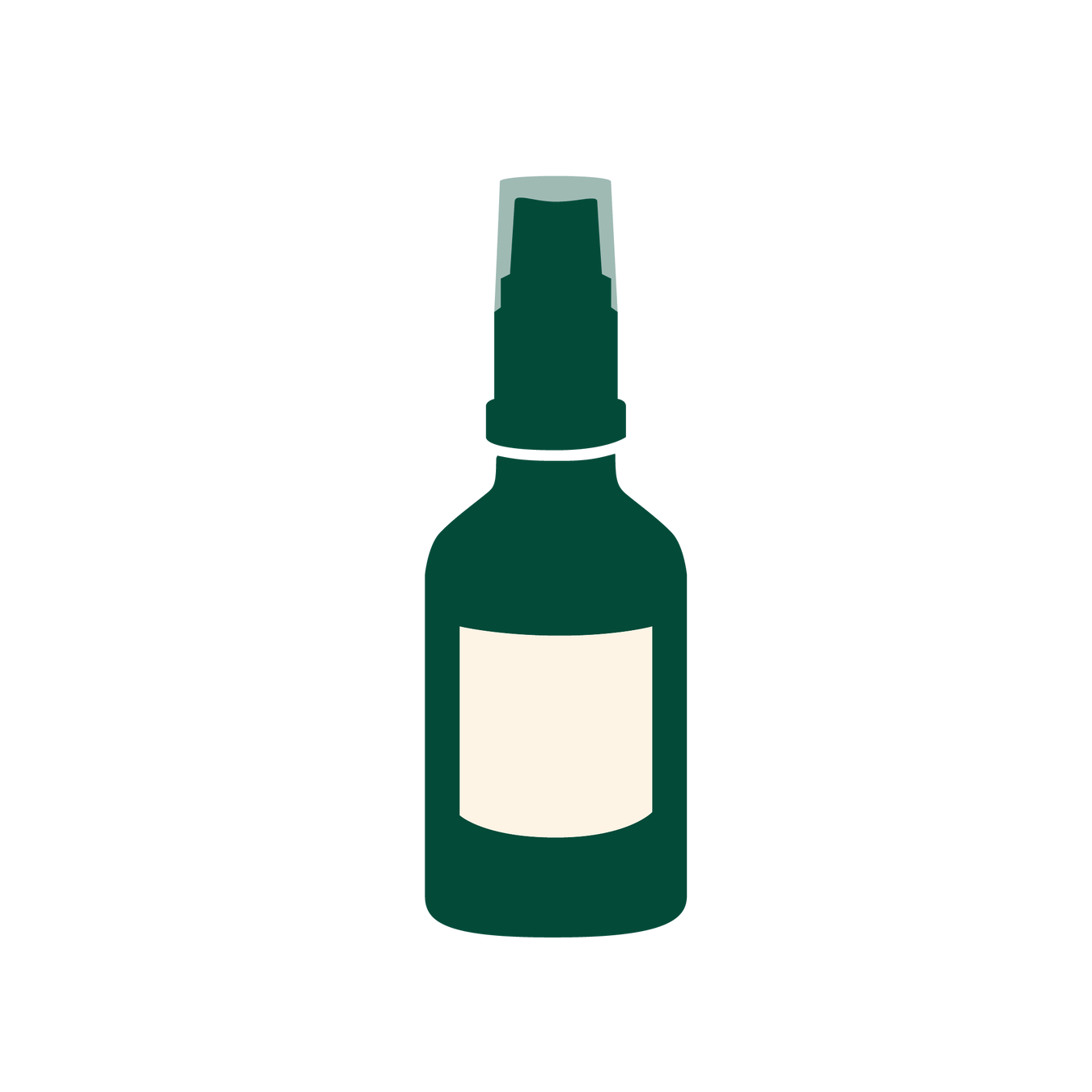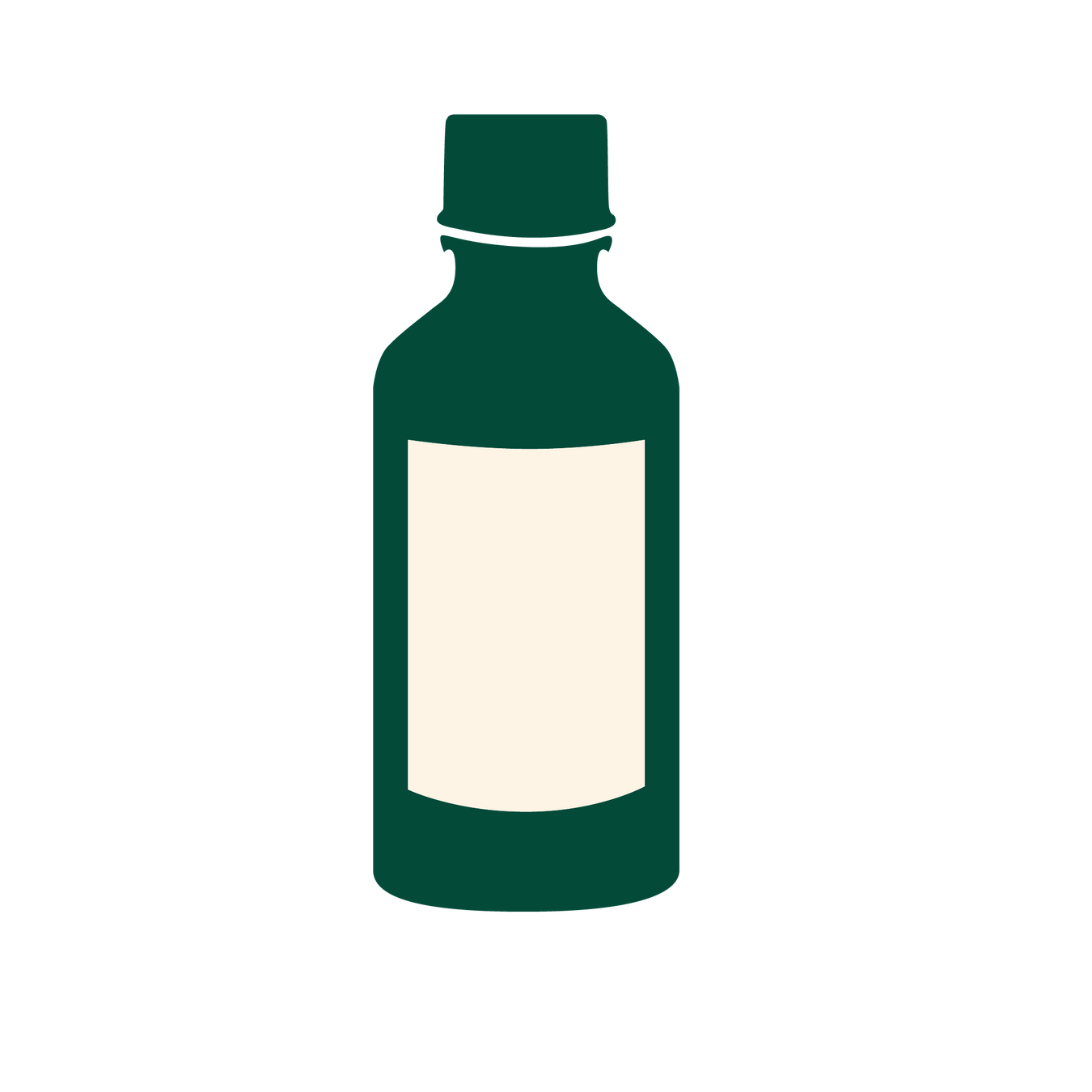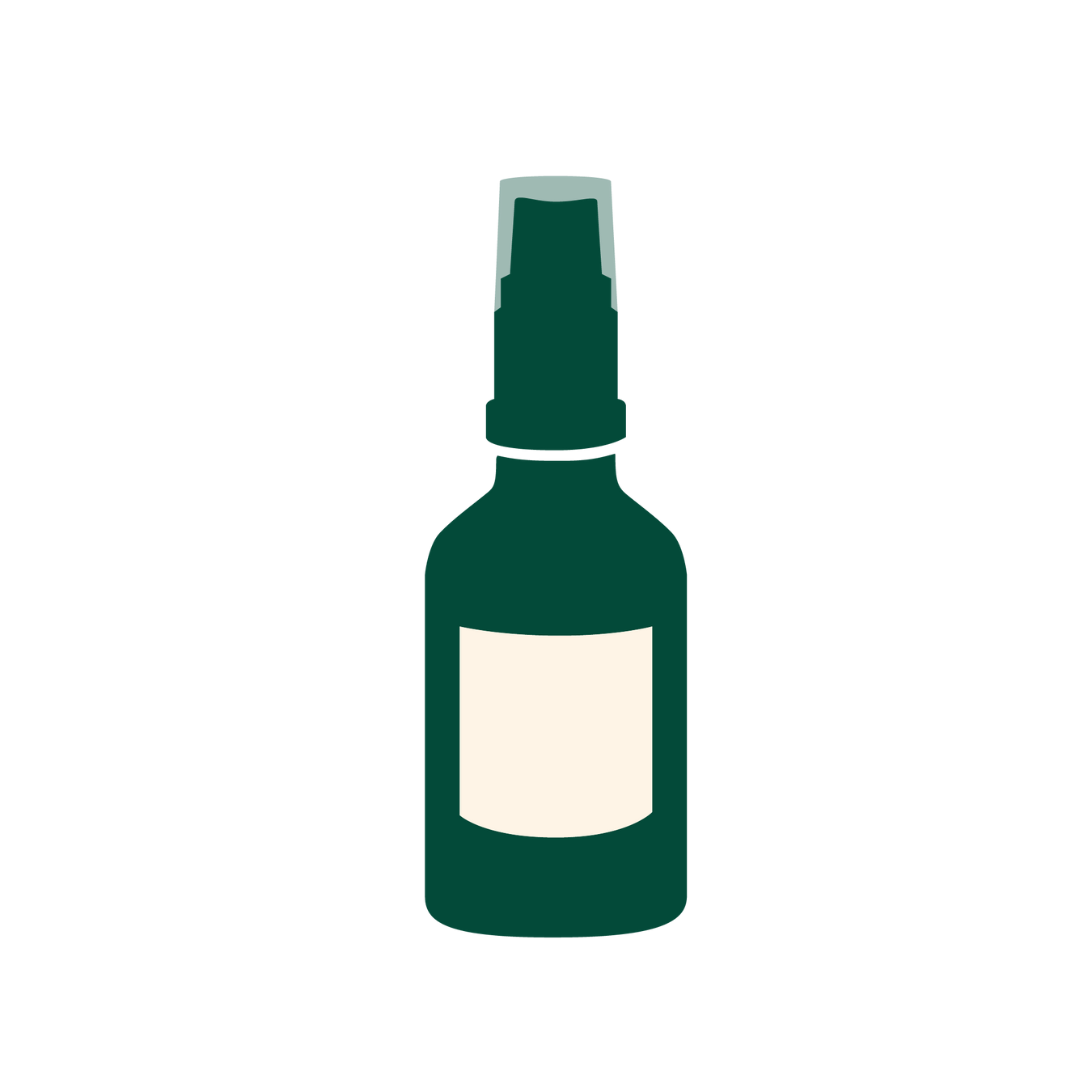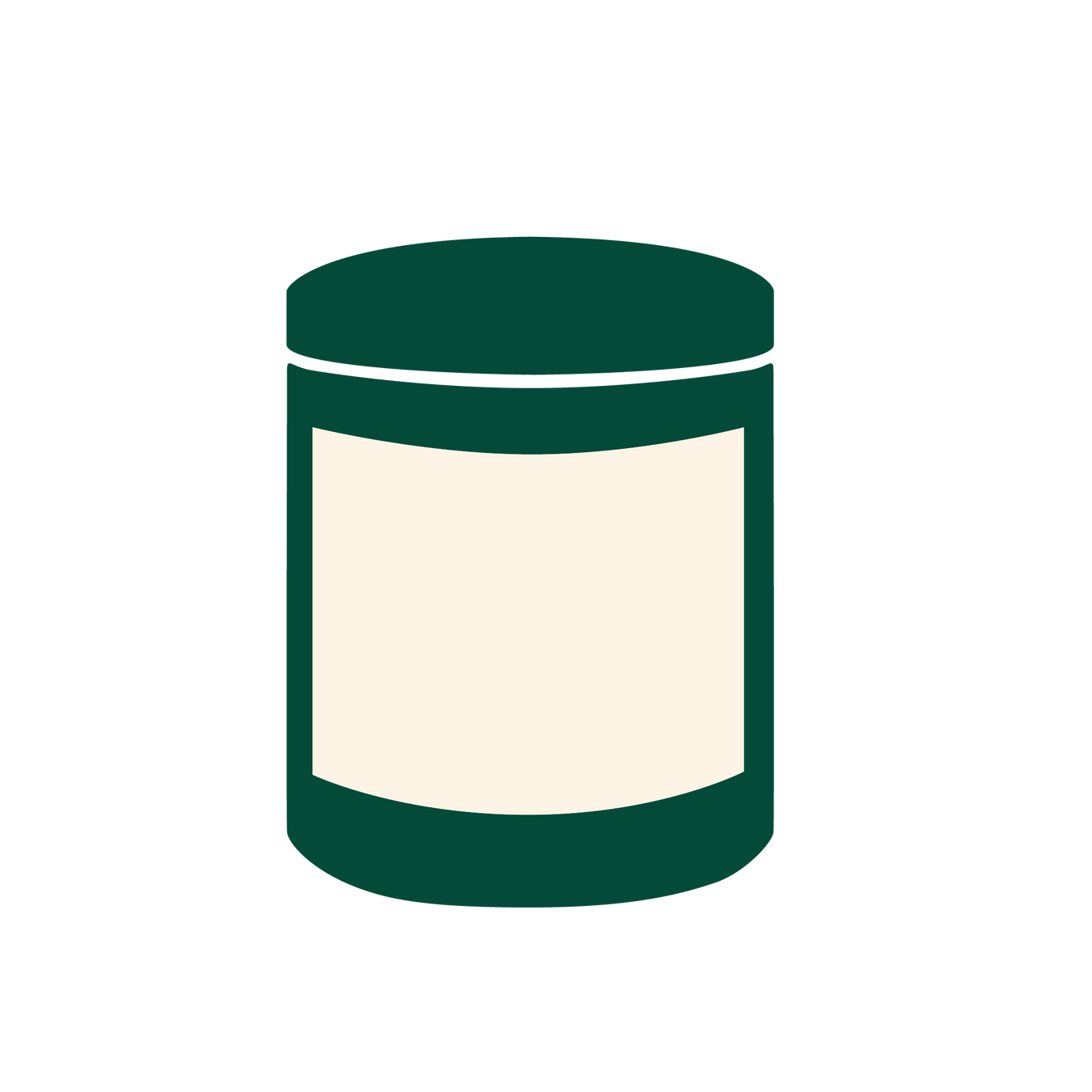
Summertime – herb time – gathering time
Medicinal herbs, medicinal plants… collect, dry and store!
Today, we take a quick look over the shoulders of these passionate, dedicated herbalists. Popularly known as "herb witches," their profound knowledge has always been met with respect, admiration, and trust. The days when this knowledge was met with fear, superstition, and persecution are thankfully a thing of the past.
When you think of "herb witch," does the following image come to mind? ...a figure riding a broomstick with a large hat, with the mystically glowing moon in the background?
This image isn't just about legends, fairy tales, and horror stories. In fact, people have always been aware of the moon's influence on all our lives. The moon determines the rhythm of the tides and the growth of plants. The interplay between the moon's position and the growth of plants is passed down through folk medicine and proven by scientific research. The full moon, new moon, waning, or waxing moon all send out different impulses. In addition to these four lunar phases, two additional influencing factors exist: Is the moon on its ascending or descending trajectory? Which zodiac sign does it pass through on its journey through the Earth's orbit? Knowledge about medicinal herbs, plants, and the influence of the moon is complex.
With every step we take into nature, we encounter wild herbs. Since the beginning of time, humans have relied on the power of herbs. Medicinal plants bring well-being to body, mind, and soul. Walking through forests, meadows, and alpine pastures with our eyes open, we often find ourselves pausing in awe and wonder.
Join a herbal hike! Get out into nature and be enchanted by the practical knowledge of herbal uses and preparation methods. How do you utilize the secondary plant compounds of individual herbs? Bitter substances, tannins, mucilage, and soapy substances also need to be treated properly to achieve their full effect. Herbs are wonderfully versatile.
Collecting medicinal herbs – a foray into nature:
Only pick healthy medicinal herbs and plants, and of course, only those you know. Since some herbs are also poisonous, you should be sure what you pick.
Please do not collect next to dusty paths, sooty railway embankments or agriculturally used and fertilized fields!
A herbal foray is a good idea on a sunny afternoon when the raindrops no longer fall on the plants.
If you want to use the entire plant—stem, leaves, and flowers—please don't pull the plant out with its roots. Medicinal herbs should also not be cut with plastic or metal cutting tools. Scissors or ceramic knives are more suitable.
When the lifeblood surges into the medicinal herbs in spring, it's time to harvest the roots. In the fall, you can dig for herb roots a second time. The medicinal herb should be past its ripening stage but still recognizable.
Bark from trees with medicinal properties is peeled in spring.
The harvest of tree sap and resins is delayed until early summer.
The flowers and leaves of medicinal herbs are collected during their peak bloom, when they have their full potential.
Every herb is different – drying medicinal herbs properly:
The medicinal herbs are sorted and checked for unwanted roommates or foreign bodies.
Medicinal herbs can be dried lying down or hanging.
The medicinal herbs, which are naturally rather dry, are tied into manageable bundles and wrapped in a breathable cloth bag. They can be dried upside down in a dust-free, shady, and airy place.
Juicier medicinal herbs are best dried on a clean cloth or absorbent paper. Spread the medicinal herbs loosely and turn them daily. This prevents moisture from accumulating.
A shorter drying time promotes the individual healing properties and specific aroma. Rapid drying prevents rot and mold growth. However, please do not dry in the sun or in an oven! Temperatures above 30°C (86°F) will destroy the valuable essential oils.
When the leaves and flowers can be easily rubbed between your fingers, the optimal degree of drying has been achieved.
The roots of medicinal herbs must be cleaned before drying. This can be done easily with water and a brush. Cut the roots into small pieces. You can dry the roots of medicinal herbs in the sun or in the oven. The oven temperature should be below 40°C.
Storing medicinal herbs requires good organization:
Well-dried medicinal herbs essentially have no expiration date. They simply lose their potency and aroma. Create a dark, dry, and cool place for your dried treasures. Light and heat are bad for your herbs – light and heat trigger chemical degradation processes that accelerate the destruction of their ingredients.
The storage containers are intended to protect the dry herbal treasures from insect infestation and moisture.
Herbal bags and herbal pillows allow for airy, dust-free storage. However, they do not protect against insect infestation.
The ingredients of plastic containers (especially plasticizers) can interact with the essential oils of medicinal herbs.
For this reason, brown glass containers are and remain the first choice! Glass is inherently chemically stable, meaning it doesn't react with plant components. Brown glass also provides additional protection against damaging light. An airtight seal is essential!
Exploring the world of herbs can be a life-enriching hobby. A tip for those interested who don't have natural surroundings on their doorstep: herbal walks, herbal workshops, seminars, and courses are also offered online.
“All meadows and pastures, mountains and hills, they are God’s pharmacy.”
Paracelsus
